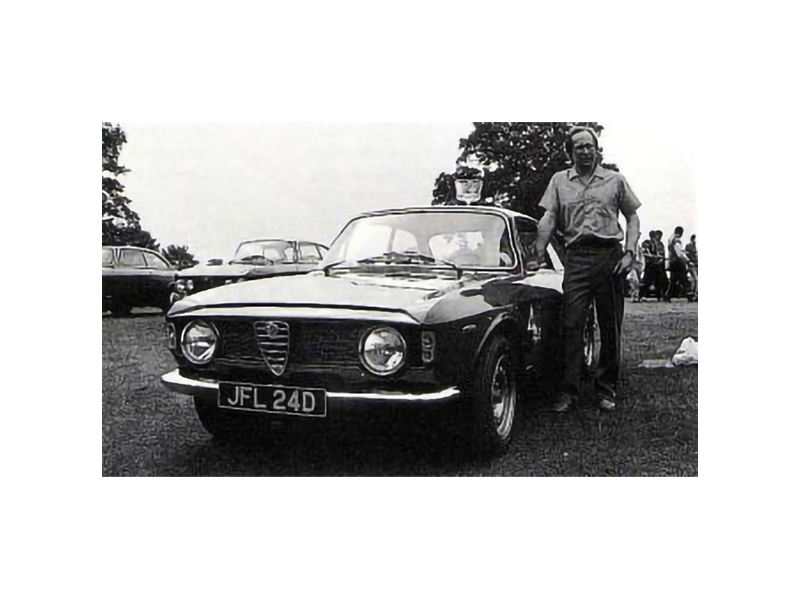Richard Banks: The Restorer Speaks (1985)

Richard Banks has been rejuvenating 105 Alfas since the late seventies, and reckons the biggest restoration problem with these cars is rogue Alfa restorers. ‘I spend my whole life sorting out other people’s cock-ups,’ he says bitterly, ‘cutting out rubbish some other so-called “restorers” have put in.’ More specifically, he cites the sills as a sticking point.
‘Reproduction, full-length sills (being made in Europe) fit better on the left-hand side than the right and don’t fit very well around the A and B posts. The sills are banana-shaped – they bow out in the middle – and, because most people don’t notice it, you never get a sill-to-door match. They’re critical because the car’s not strong in the sill area. If you look at the side of the GTV it’s absolutely flat-slab-sided – and 99 per cent of the people who restore these cars can’t get the shape right. It’s difficult to get the car looking as it should because none of the panels are easy to fit.’
Richard is a big fan of the 1750GTV (‘Its poise and balance are in another league’) but admits the 2000 engine can be rewarding if it’s built carefully. Ride heights are ‘absolutely critical,’ says Banks: ‘A lot of replacement springs are now too long, which jacks the back up, making the car oversteer and look silly. You just have to cut them down until the car sits properly, ideally dead level or 1/2in lower at the back than at the front – slightly squatting.’
There are plenty of other problems on the suspension/steering side for restorers: ‘The lengths of the outer and centre track rods are stipulated by Alfa and, as the steering wheel is on a keyway rather than a spline, you can work out for yourself that you have to change your track rod lengths to centralise your steering wheel properly.’ Over the years the track rod lengths get out of synch, and that really affects the way the car handles, especially on camber.
Richard is a great believer in replacing rubber suspension brushes and advises that they should all be changed at 30,000 miles: ‘You get tremendous rewards from the car when you do.’ Pay attention to what’s written in the workshop manual too, says Banks: ‘Alfa was very conservative, bred through research, so when it wrote something down you want to pay attention to it because it does actually work.’